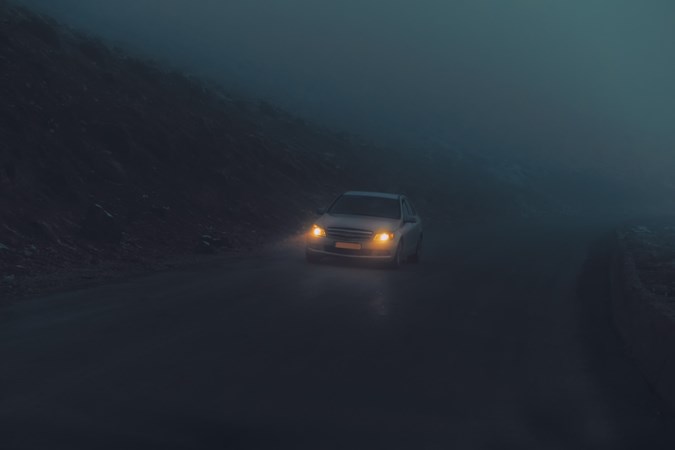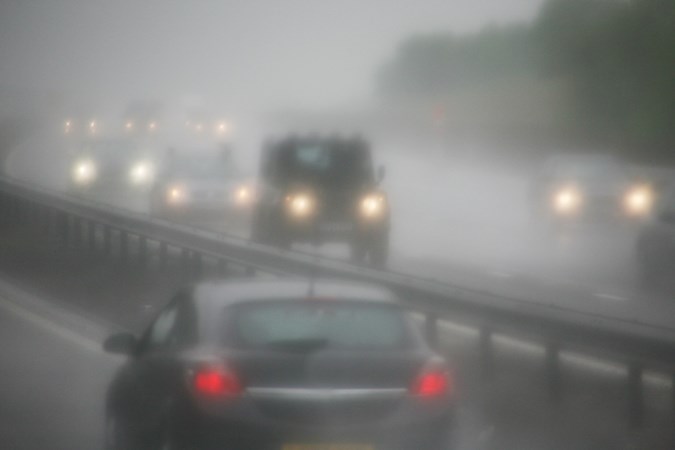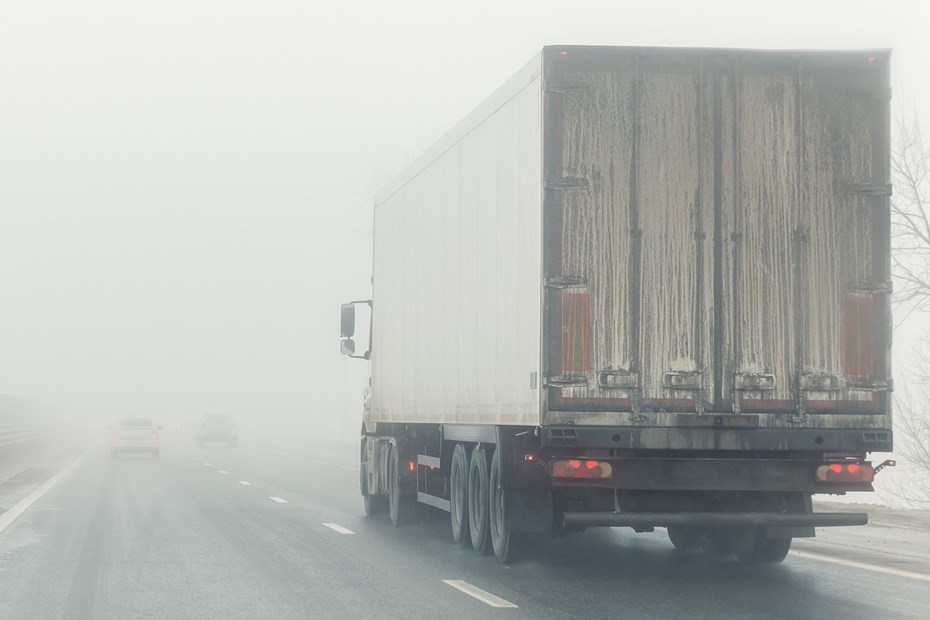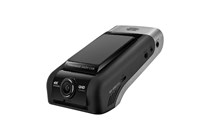Driving in fog has the potential to be one of the most dangerous things you do on the road. That’s because of the reduced visibility – in really thick fog you can be effectively driving blind. It’s a really unpleasant experience, but sometimes you’ve just got to drive in fog.
But, if you follow some simple guidelines, it can be much less risky and stressful. In this guide, we’re going to go over the key points and some of the nuances you need to be aware of. We’ll start with this: try and stay relaxed. It’s not unknown for a single bank of fog to cover literally half the UK, so you could be driving through it for a long time. Being on-edge will only make it more stressful and tiring, states that can be dangerous in themselves.
Sadly, many drivers get driving in fog wrong – with dire consequences. Most, if not all, of the UK’s worst motorway accidents happened in fog, including the 1971 M6 crash, the 1991 M4 crash, the 1997 M42 crash and the 2011 M5 crash that killed 30 people between them.
Turn your car’s lights on
Which lights you need depends on how thick the fog is, but you should at least turn your car’s side lights on. You may think you can see perfectly well without them, however the first purpose of a car’s lights is for other road users to see you. A car disappears surprisingly quickly in even relatively light fog if it’s not illuminated.
Fog lights should only be turned on when visibility is down to 100 metres or so, and turned off as soon as the fog clears. A car’s rear fog light in particular is very bright and can dazzle other drivers.

Front fog lights (not all cars have them) are angled to pick out the edge of the road. Dipped headlights are often necessary, however using full-beam is often not terribly helpful because the light reflects back at you, reducing visibility further. The ultra-bright LED headlights some new cars have can even reflect back on low beam. You can read our guide on using the correct car lights.
Slow down
You should reduce your speed as soon as you drive into fog. You’ll have to use your best judgement on how much you should slow down, but you need to think about how far you can see and how long it’ll take to stop.
It takes about 300 feet to stop from 70mph – including thinking time. It takes 175 feet to stop from 50mph, and 75 feet from 30mph. You’re advised to turn your car’s fog lights on when visibility is down to 100 metres, which is slightly further than the stopping distance from 70mph. However, we advise going slower than that to give yourself more time to react to any hazards that develop in front of you.

Keep your distance
Increasing the distance to the vehicle in front gives you more time to react if it suddenly slows down or stops. It’s particularly important if that vehicle doesn’t have any lights on. It can be tempting to think that matching that vehicle’s speed and keeping it in sight will keep you safe, but that’s not the case. Fog can make it difficult to judge how far away something is, so you may be closer than you think. And the vehicle may itself be going too fast for the conditions and not stop in time.
Remember other drivers may not be following these guidelines
The motorway pile ups mentioned at the start of this page were caused by drivers going too fast and not having their vehicle’s lights on. They didn’t follow the guidelines and put other road users in danger. The best thing you can do when driving is fog is to make yourself seen by having the right lights on, and keeping a keen eye out for hazards both in front of and behind you.
If any incidents occur while you’re driving in fog, it helps to have a clear record of it.
Parkers' top recommended dashcam
Read our full Thinkware U1000 review
Pros
- High quality images
- Works via an easy-to-use app
Cons
- Takes up a fair amount of space on the windscreen
Just so you know, we may receive a commission or other compensation from the links on this website - read why you should trust us.











